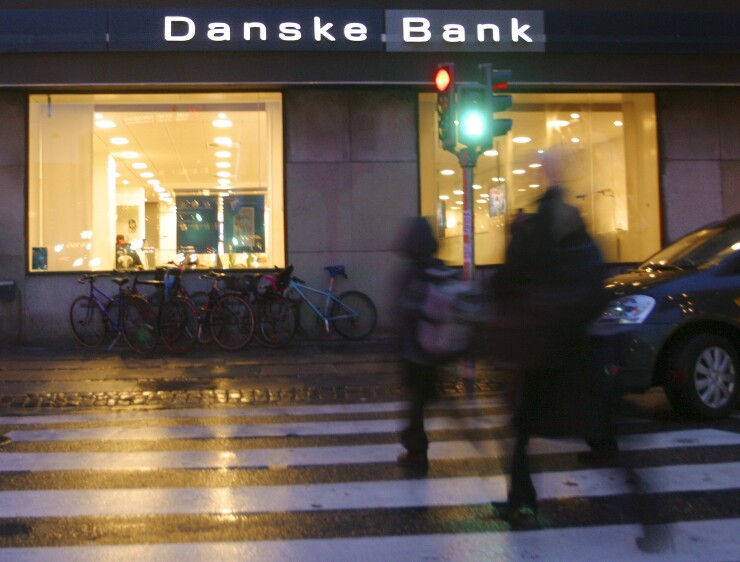Danske Bank recently took a major hit from a money laundering scandal, calling fresh attention to compliance, and risk governance.
The failure of the bank to prevent money laundering in its Estonian branch has cost some

One lesson from the Danske Bank story is that even institutions with top anti-money-laundering programs can be exposed to money laundering. Businesses without the substantial resources of a Danske Bank are sitting ducks for even more esoteric scams, like transaction laundering, which occurs when an undisclosed business uses an approved merchant’s payment credentials to process payments for unknown products and services, typically illicit or illegal.
Danske Bank had oversight systems in place that could indicate money laundering, as required by AML statutes. In this case, the failure of bank employees to follow up on the initial alarms may end up costing the company
Over time, the EU has seen the need create and adhere to clear regulations that apply across borders. Denmark was reprimanded last year in a
For most organizations, protection against advanced forms of money laundering such as Transaction Laundering, are likely nonexistent, which means they don't even know what to look for.
The only way to begin attacking a problem like that is with the incorporation of advanced, automated systems that can detect compliance issues and illegal activity. Then it's up to businesses to stay updated and follow up on any problems.
And when it comes to harder-to-detect schemes, like transaction laundering, these organizations need the proper tools and technology to detect them before the alarms sound. Digital problems require digital solutions. Maintaining a comprehensive risk management process is the best way to avoid the ire of authorities, customers and investors — and a tremendous loss of reputation.





